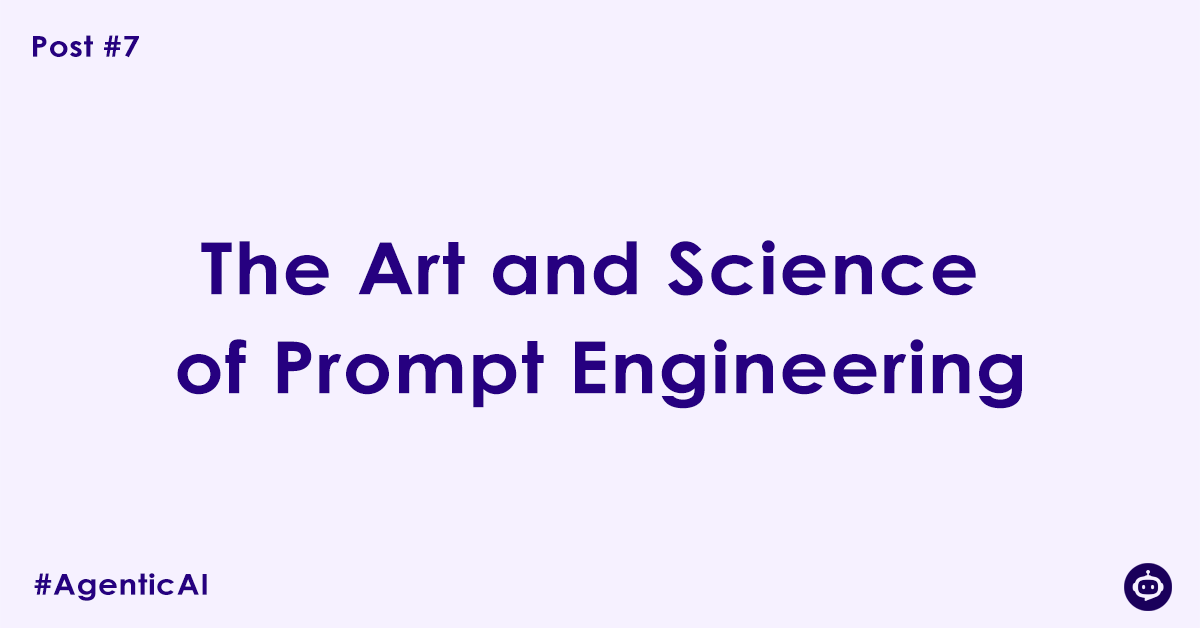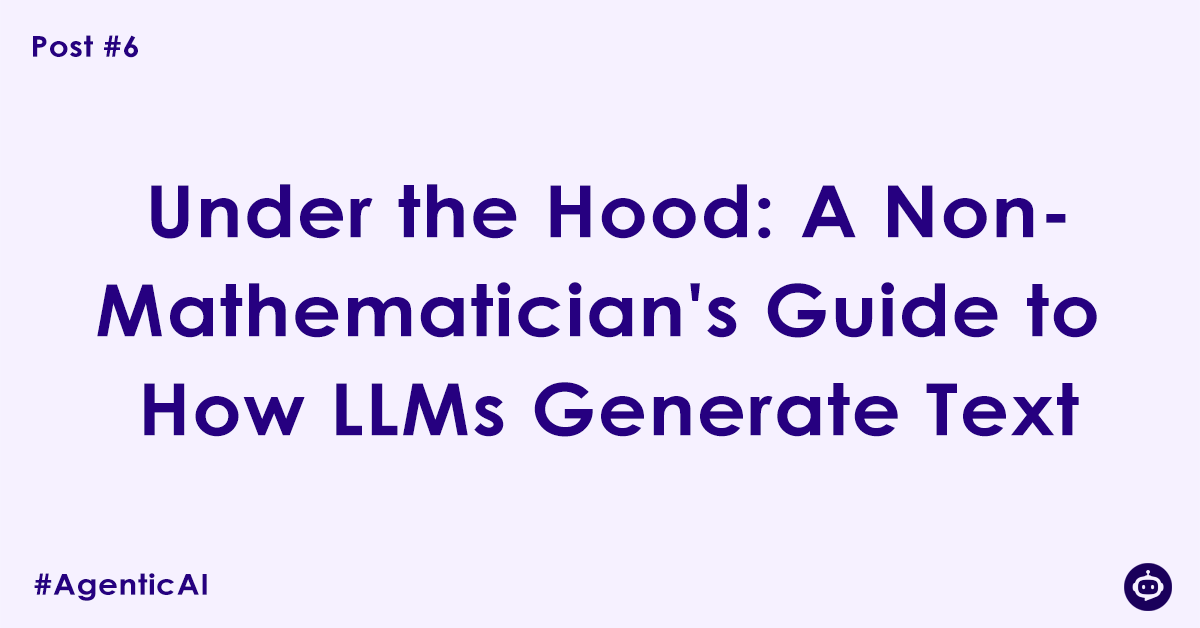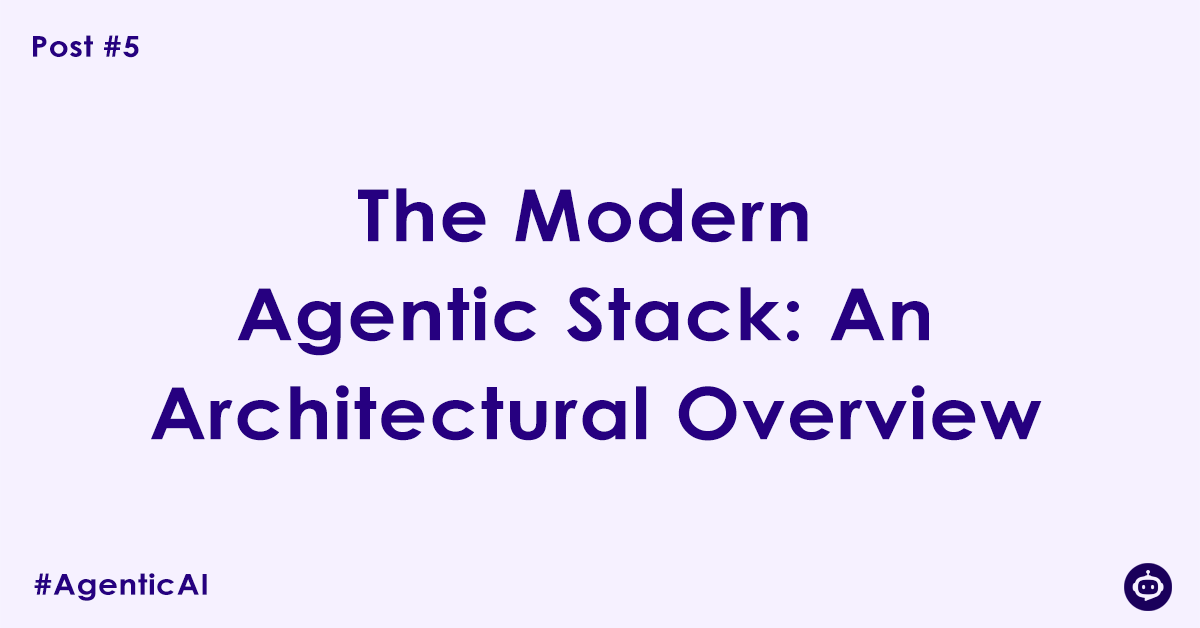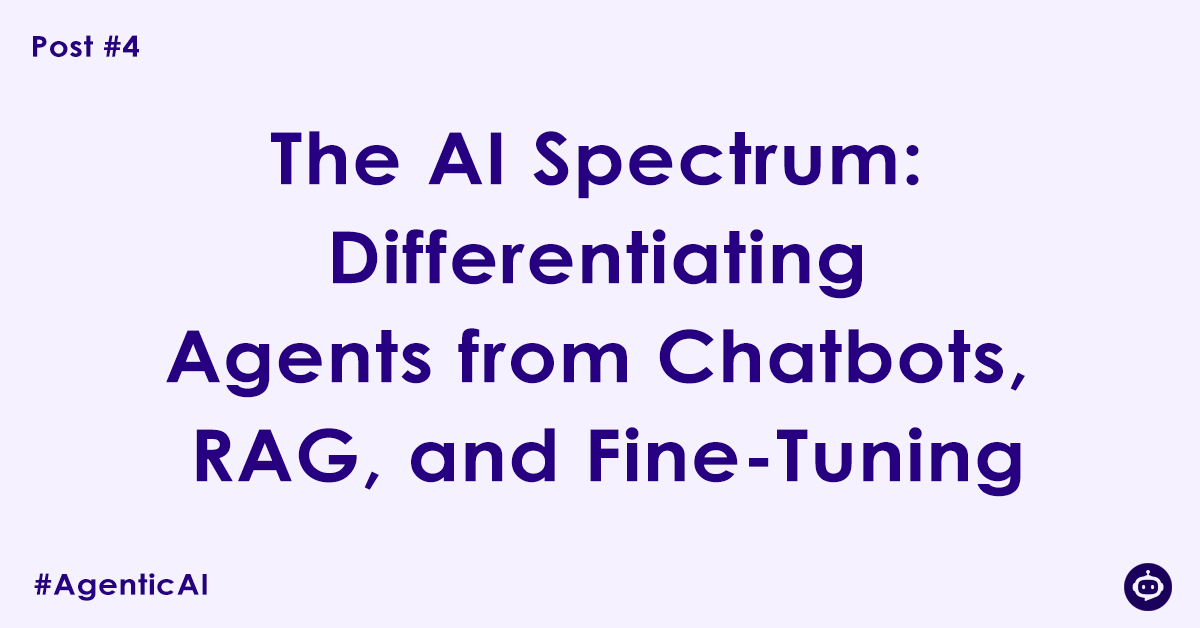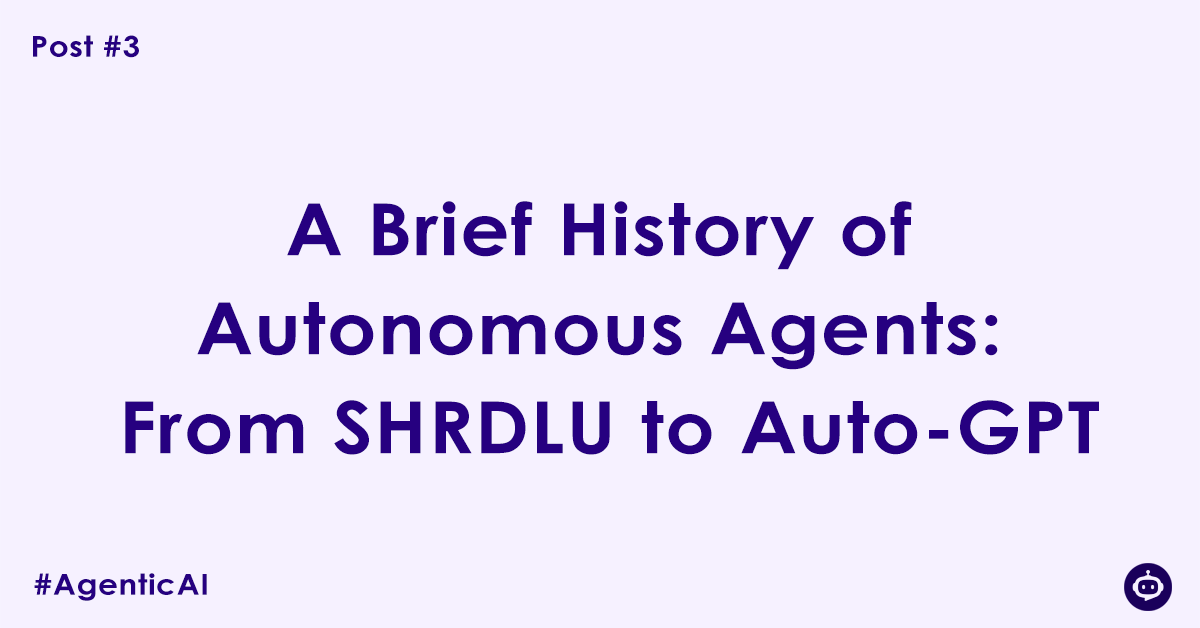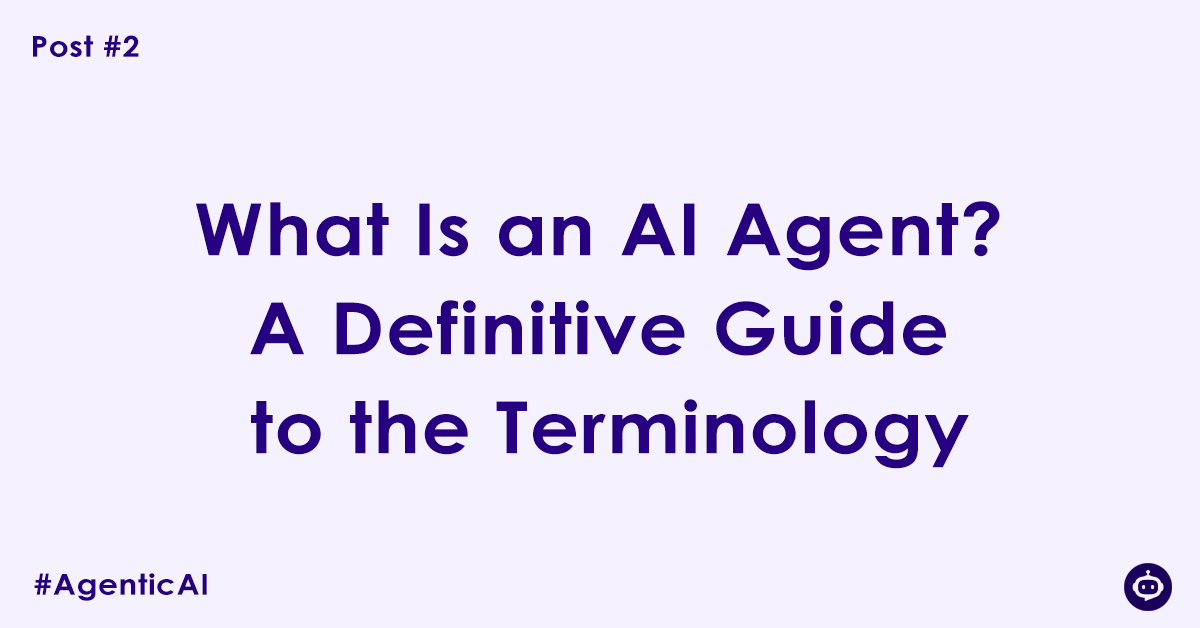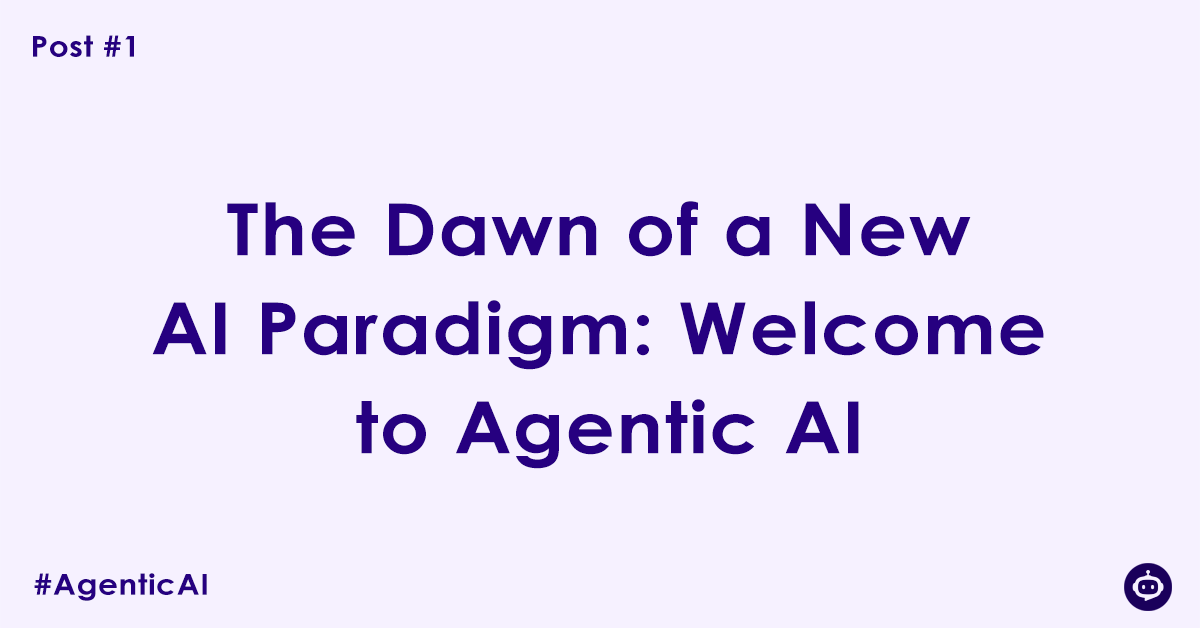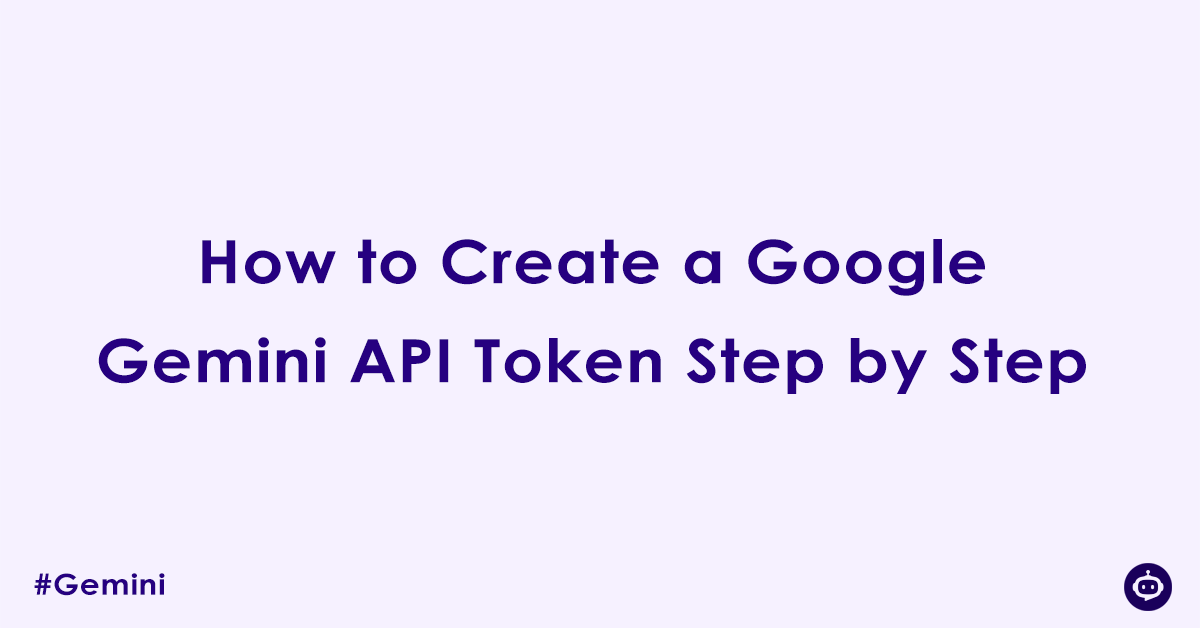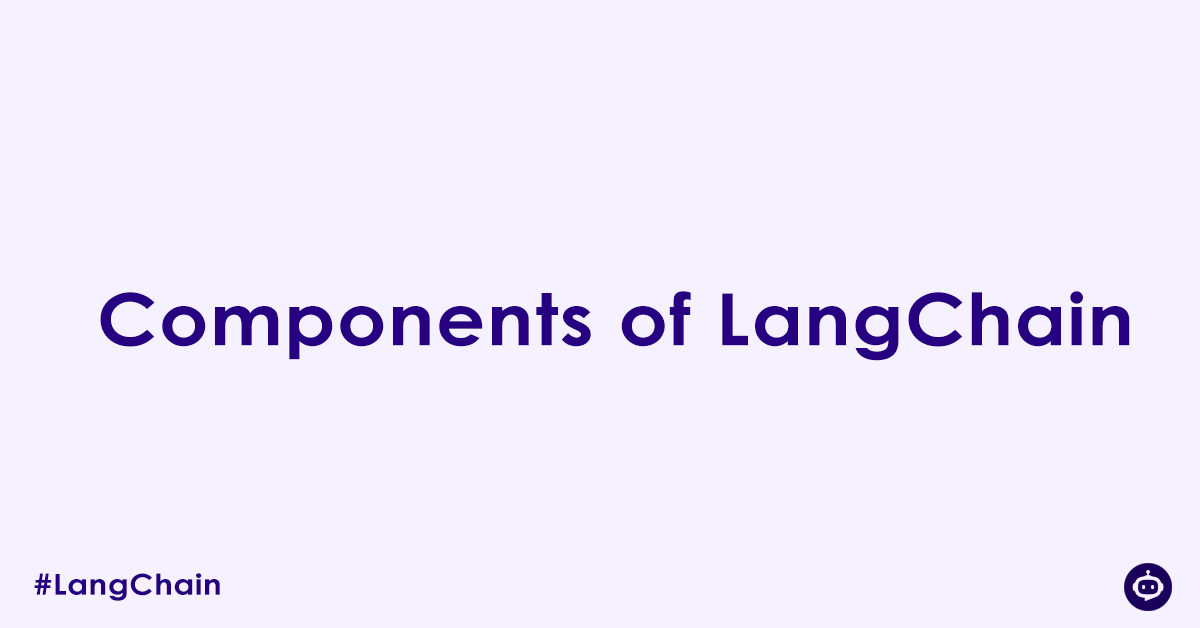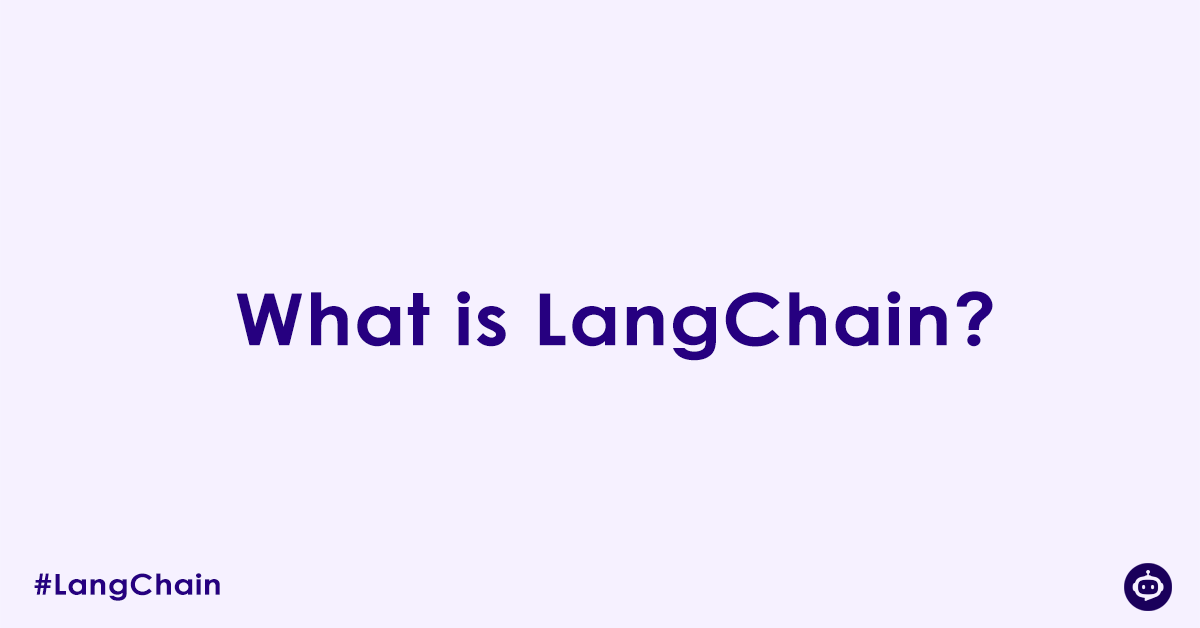Blog Post #7: The Art and Science of Prompt Engineering: Crafting the Perfect Instruction
We’ve explored the architecture of an AI agent, from its LLM brain to its memory and tools. But there’s a critical component that dictates its success or failure: the instruction it receives. An agent, for all its power, is a brilliantly capable but extremely literal assistant. It will do exactly what you say, not necessarily … Read more
